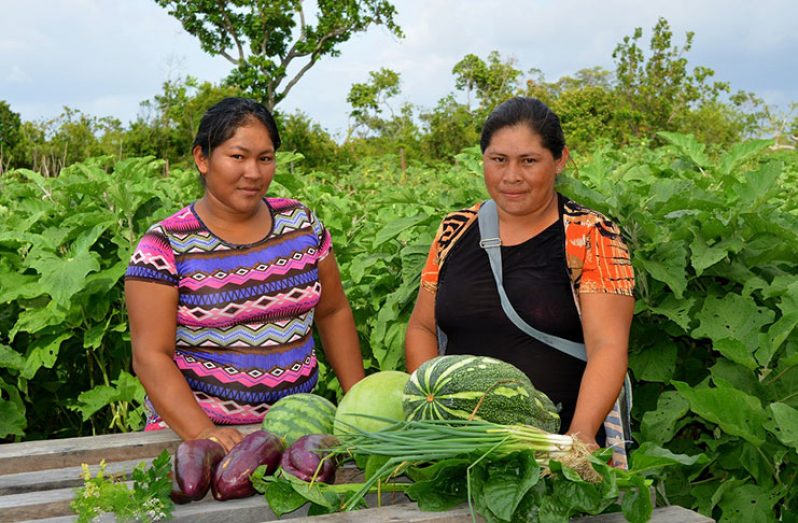OVER the years, farming in Region Nine has been explored in many ways, but recently, one group from the North Rupununi village of Kwatamang has made full use of the area’s cash-crop potential.
The group, called the Kwatamang HEYS Agriculture Garden, has converted the village’s corral (or cow pen) into a large garden, rich with vast amounts of cash crops including bora, watermelons, lettuce, ochro and boulanger to name a few.
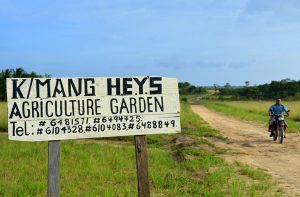
It is a feat which has brought life to the small indigenous community, persons there told the Guyana Chronicle during a recent visit.
However, while production has been steady, the group is searching for a permanent site from which to sell their produce, and they have identified the former toll-office as the best option for the purpose.
The project falls under The Hinterland Employment and Youth Service (HEYS) project, which is one of several activities the government has implemented to stimulate economic growth and personal and professional development in various communities across the country.
Kwatamang is a small village which falls under the Annai Village Council. With a scattered population of approximately 400 persons; most residents are engaged in hunting, clay-brick making and farming.
NEW LIFE
Located approximately one-and-a-half miles from Annai Central, residents of the area have seen the agriculture project as one which has brought life to the village’s agriculture potential.
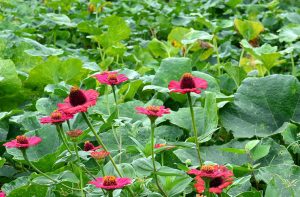
Others told the Guyana Chronicle during a visit to the village, which is made up of predominantly persons of the Makushi and Wapishana peoples, that it is the first time a cash-crop project has been implemented there.
The project, which turns a year next month, was implemented in two phases, coordinator of the group, Lonsdale Rodney told this newspaper. He said that the participants, who comprise males and females from the village, were exposed to theoretical training in which they were taught how to plant the crops, the types of crops that will be suitable for the soil in the area, as well as marketing.
He said that after the first phase was completed during the last quarter of 2016, the group commenced the ground work.
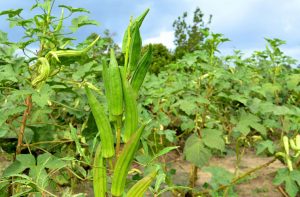
He said the village council permitted the use of the corral, which he says is ideal since the soil is rich in nutrients for the intended project.
Residents then cleared several beds and fenced the area, and persons were divided into several groups. “Some groups planted bora, some did boulanger, some did celery and so on,” Rodney said, adding that personnel from the National Agricultural Research Extension Institute (NAREI) based at Annai have visited the site and offered assistance to the group.
He said that water was connected to the area via several lengths of pipe, and that “natural fertilizer”, including manure from cows in the village, was stacked for use in the garden.
FEELING EXCITED
Latanya Sampson, a mother and member of the group, said that she was excited about the project when she first heard about it. Sampson, who has recently started a small poultry project at her home, noted that the project will assist many residents whom she said can earn an income via the project. “It will help the residents, because it will give people jobs on their own,” Sampson said.
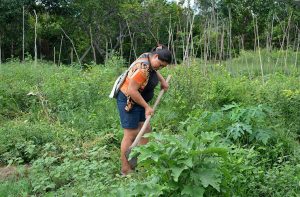
She said that she plans to utilise the knowledge she has gained from the project to date to start her own farm at her home. “I have a plot of land which I will plough-up and prepare for farming,” she said.
Residents of Kwatamang and neighbourng villages usually purchase vegetables and fruits from shops in the area, most of which are bought by the businesses from persons who operate small kitchen gardens or from the township of Lethem.
According to Rodney, the farming group plans to approach the authorities with a plan of converting the defunct toll-station office, which sits at the entrance of the roadway connecting the village and the Lethem-Georgetown highway, into a market complex.
He said the idea will bode well for residents, since it will encourage more persons to explore the agricultural potential of Kwatamang and neighbouring villages.



.jpg)




